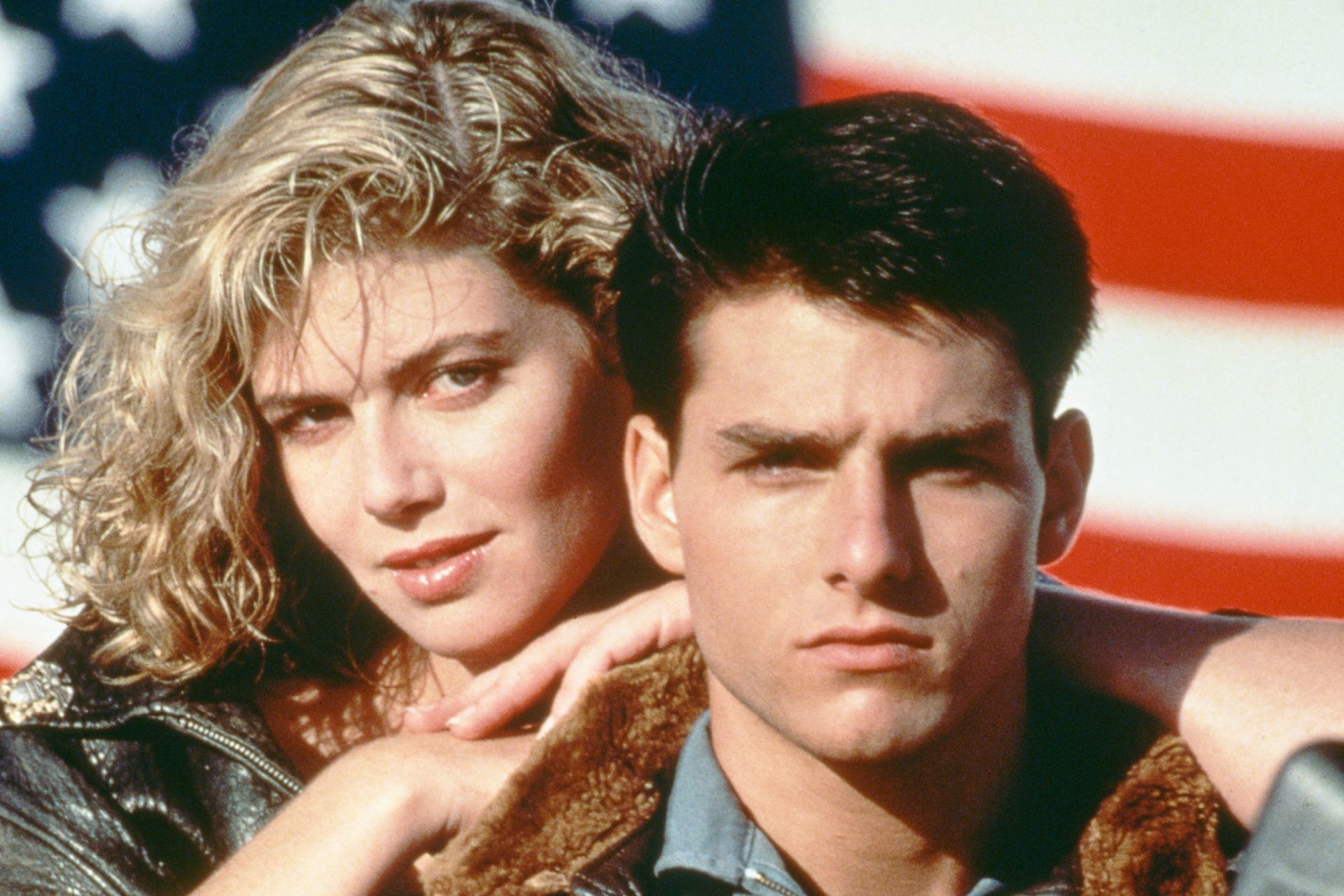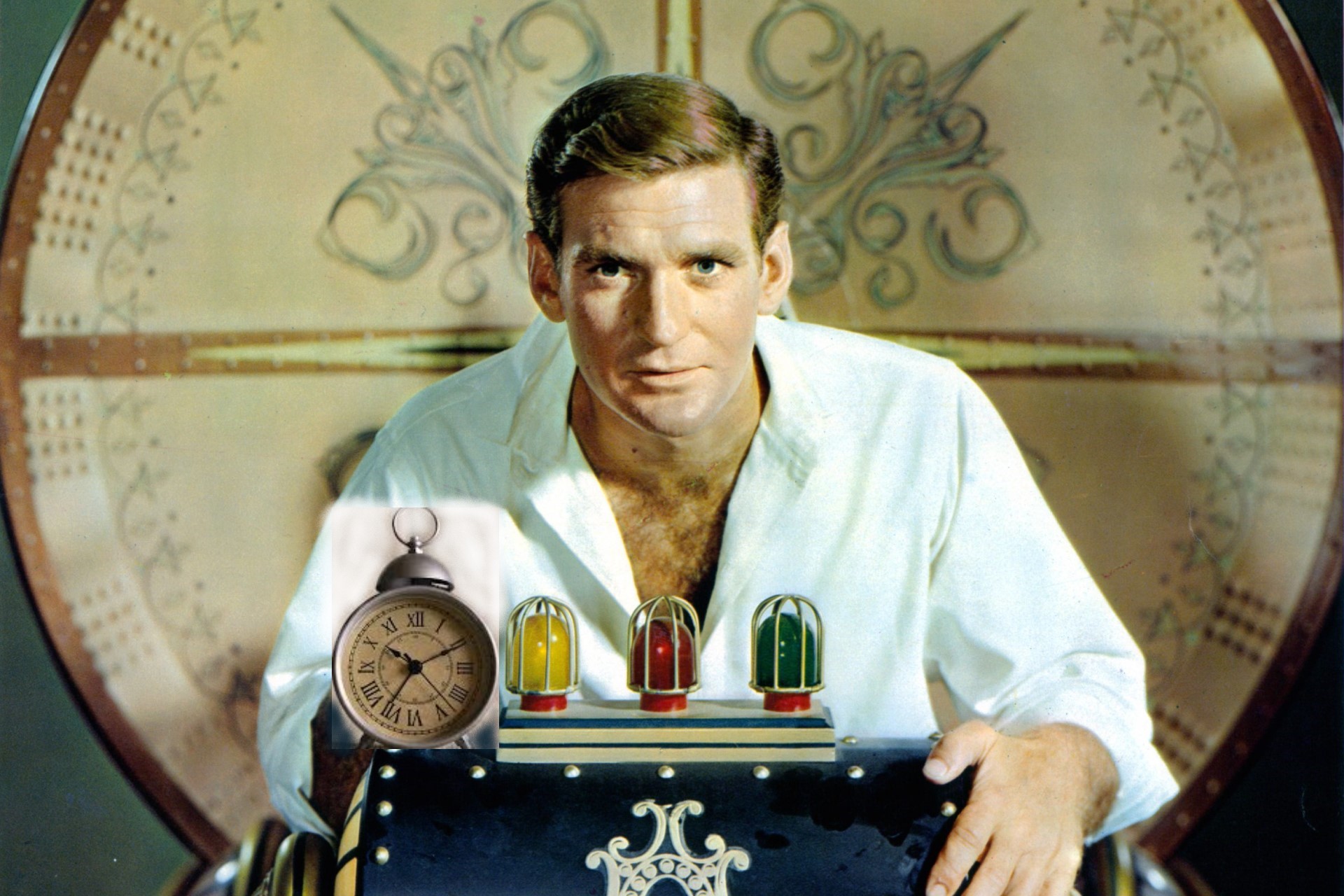Things North Americans think are normal, but are bizarre elsewhere
During election season, North American lawns become political battlegrounds. This public display of political allegiance is uncommon in other parts of the world… and lawns aren’t a given either.
The iconic red Solo cups are a staple at rowdy North American parties while totally foreign in other countries. They’ve become a symbol of American culture, popping up in movies, TV, and even country music songs.
Photo: RODNAE Productions / Pexels
In North America, jaywalking is a punishable offense, whereas, in other countries, pedestrians often cross streets without fear of a fine, even if a cop car is nearby. While people don’t run out into traffic, if it’s safe to cross, they cross.
North Americans adore peanut butter, but it’s not as popular elsewhere. The US and Canada consume the majority of the world’s peanut butter. And peanut butter and jelly sandwiches are even weirder!
Phoo: Giorgio Trovato / Unsplash
Cheerleading originated in the US, and while it’s now present in other countries, it’s still predominantly a North American phenomenon. (American/Canadian) football games and cheerleading squads go hand-in-hand, but you wouldn’t see something like that at a European sporting event, for example.
North Americans have a unique tipping culture. Unlike in many countries, tipping is expected and can make up a significant portion of a service worker’s income. The ideal tip of 15%-20% is especially viewed as exaggerated by many foreigners.
While Halloween is increasingly celebrated elsewhere, no one goes all-out like North Americans. Their intense enthusiasm for costumes, decorations, and trick-or-treating is unmatched. For dress up, many other countries celebrate carnival.
Sink-installed garbage disposals are a distinctively North American innovation. They grind food waste, sparing homeowners from the smelly task of scraping leftovers into the trash.
College sports in North America draw massive crowds and earn huge revenues, rivaling professional leagues. Elsewhere, university sports don’t typically garner the same fanfare.
Classic diners are quintessentially North American, offering all-day breakfast, neon signs, and nostalgic decor. They represent a unique part of the continent’s culinary history.
North Americans love convenience and cars, as evidenced by the existence of drive-through banks. This banking innovation allows customers to conduct transactions without leaving their cars, while many people in the world haven't even been to a drive through restaurant.
In North America, mall walking has become a popular exercise for seniors. The trend provides a safe, climate-controlled environment for fitness and socializing. There are even formal mall walking groups.
Black Friday sales in North America have become synonymous with chaos and consumerism. The day after Thanksgiving marks the start of the holiday shopping season, and discounts can be extreme. Although the tradition is slowly being imported by shops and brands elsewhere, stampedes aren’t as frequent.
Portion sizes in North America are notoriously large. Restaurants often serve meals that could feed multiple people, baffling visitors accustomed to more modest portions.
Canada has the highest number of donut shops per capita, making it a uniquely North American indulgence. In both the US and Canada, they’re also associated with police. However, that’s not the case elsewhere, where cops may indulge in other local pastries or dishes.
In North America, gas pumps often require pre-payment before dispensing fuel. This payment-first system contrasts with many other countries where customers fill up and pay afterward. It can be very confusing.
North America is home to some unique pizza toppings, such as the divisive Hawaiian pizza with pineapple and ham, and was actually created in Canada. North Americans have a penchant for unconventional pizza toppings that aren’t always appreciated elsewhere (especially Italy).
Roasting marshmallows around a campfire is a major summer activity in North America, but not so common elsewhere. The trend was first invented in New Jersey in 1892, and has stuck around ever since... and been made even stickier with the advent of S'mores.
Photo: Ekaterina Bolovtsova / Pexels
Dr. Pepper and root beer are uniquely North American soft drinks. While they can be purchased at specialty shops or the exotic grocery isles elsewhere, they aren’t a go-to or even known by much of the world.
Photo: Brandon Richardson / Pexels
"Do you want me to warm that up?" Free refills on coffee and sodas are a hallmark of North American hospitality. This generosity often surprises visitors accustomed to paying for every cup or glass.
North American TV is notorious for frequent commercial breaks. This advertising overload can be jarring for international viewers used to fewer interruptions. In some countries, there are just one or two long commercial breaks in shows, or none at all.
Photo: Andres Ayrton / Pexels
Writing dates as mm-dd-yyyy is a North American convention that often confuses those accustomed to other formats, like the more common dd-mm-yyyy.
“Problems sleeping? Ask your doctor about XXX.” Pharmaceutical commercials are a distinctive feature of North American TV. Unlike many countries that prohibit direct-to-consumer drug advertising, the US and Canada permit it, leading to a barrage of ads.
Image: Ozempic Commercial, Youtube
Ranch dressing is a North American favorite for salads, dipping, and more. Its creamy, tangy taste can be polarizing for those who didn’t grow up with it.
The gun culture in the US is unique and often bewildering to the majority of the world. Gun ownership and regulations are vastly different in many other countries, where the right to bear arms just straight up doesn’t exist.
Circumcision is more common in North America than many other parts of the world. Rates vary widely, from over 90% in Israel and many Muslim-majority countries, 86.3% in South Korea, to 80% in the United States, to 58% in Australia, to 45% in South Africa, to 20.7% in the United Kingdom, to under 1% in Japan and Honduras.
Automatic cars are the standard in North America, whereas manual transmissions are more prevalent in other countries. In many regions, automatics are even more expensive. That is likely to change with electric cars.
Photo: Mike B / Pexels
North Americans rely heavily on credit cards and credit scores, which play a major role in determining financial opportunities. This system can be perplexing for those from countries with different financial practices.
In North America, sales tax is often added at the register, surprising shoppers expecting to pay the displayed price. This practice differs from other countries where taxes are included in the listed price.
Clothes dryers are standard in North American homes, while many countries still rely on air drying. This energy-consuming convenience is a luxury for those accustomed to clotheslines.
North Americans often move out of their parent’s homes around the age of 18. This rite of passage contrasts with cultures where young adults typically live at home until marriage or later.
In Canada and the US, the term “American” refers to people from the good old U S of A. However, in other languages and countries, American refers to people from the North ánd South American continents.











































